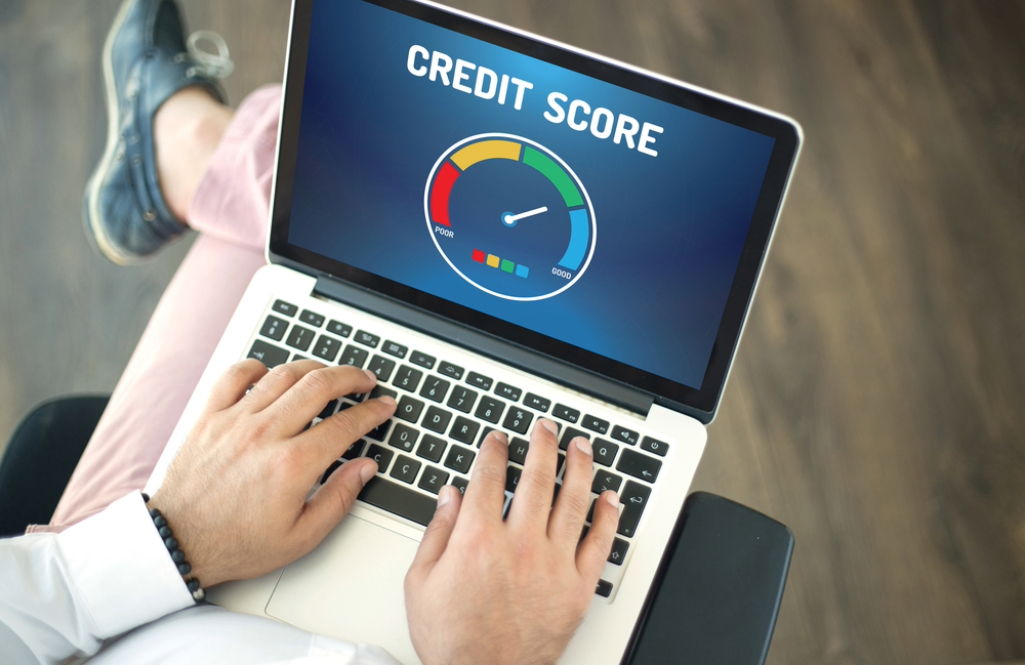Main take:
- Open credit offers flexible borrowing options without fixed repayment deadlines, including credit cards and personal lines of credit.
- Responsible management of open credit positively affects credit scores, while exceeding credit limits or missing payments can hurt them.
- Understanding your credit utilization ratio is crucial to maintaining favorable credit scores, with lower ratios being more appropriate.
- Diversifying your credit mix with open lines of credit, such as personal lines, gradually improves credit scores.
Have you ever thought about what an open credit plan is and how it works? How can you know its pros and cons if you need it right away? First, if you've ever used a credit card, you're familiar with “open credit.”
It allows you to access a maximum of funds, with the ability to reuse them during repayment (known as revolving credit).
This type of credit has advantages and disadvantages, including examples, benefits, disadvantages, and effects on your credit score.
Now, let's take a closer look at this type of credit, explain its advantages and disadvantages, how to get it, and much more!
Understand the open credit plan
Those seeking to define open credit should know that it is also called revolving credit; It refers to a specific loan where you can borrow repeatedly up to a specified limit without a specific repayment date.
It allows you to borrow without problems and repay money repeatedly without a fixed repayment period. Examples of this type of credit include lines of credit and credit cards.
Example of open credit – credit cards

For example, with an open credit card, the issuer sets a credit limit, usually based on income and credit history. Let's say your limit is $20,000, and you spend $5,000.
This leaves you with $15,000 available. When you pay off $5,000, your credit limit goes back to $20,000.
Interest accrues on any remaining balance each month, and you must make a minimum payment. This cycle continues as long as you hold the card.
Personal Lines of Credit – Explained.
Personal lines of credit, which operate similarly to credit cards, provide borrowers with the flexibility to access funds up to a predetermined limit as needed. These lines of credit, which are often unsecured, rely on the lender's assessment of the borrower's creditworthiness rather than collateral.
Equity lines of credit, such as home equity lines of credit or HELOC, use the equity in a borrower's home to provide credit.
With HELOCs, borrowers can withdraw funds up to a set limit based on the value of their home minus any outstanding mortgage balance.
Home Equity Lines of Credit – Briefly Explained.
HELOCs are lines of credit based on a homeowner's equity, which financial institutions offer as secured lines of credit. The house serves as collateral for the loan.
HELOCs are like other lines of credit, giving borrowers the flexibility to access funds gradually rather than all at once. For example, someone might choose a $50,000 HELOC to finance a home renovation, and plan to pay for it in parts.
What is a home equity loan, in comparison?
In contrast, a home equity loan represents an installment loan structure. Here, the borrower gets the entire loan amount upfront, such as the $50,000 mentioned earlier, and must repay it through scheduled installments until the entire debt is settled by a specified deadline.
Closed-end loans are also installment loans, with mortgages, car loans, and student loans being common examples.
Understanding how credit works is crucial when managing such financial instruments. Borrowers should be mindful of their outstanding balance and adhere to repayment schedules to maintain their financial health.
Does open credit affect your credit score?

Open credit can affect your credit score either positively or negatively, depending on how it is used. Responsible management, such as consistently meeting minimum payments on a credit card, can boost your score.
Conversely, maxing out or getting close to your credit limit can hurt your credit utilization ratio, lowering your score.
Understand your credit utilization ratio
Your credit utilization ratio measures your outstanding debt compared to your available credit. For example, if you owe $10,000 on a credit card with a maximum of $20,000, your percentage is 50%.
What constitutes a favorable ratio?
Credit scores and lenders generally prefer ratios under 30%, with lower ratios considered more appropriate.
Pros and cons of open credit
Open credit, like any other form of credit, has its ups and downs. With open credit, borrowers only pay interest on what they use, providing a more flexible borrowing option.
If someone has a balance of $50,000 and borrows $10,000, they pay interest only on the amount borrowed, not the rest.
This flexibility is beneficial because open credit can be used for different purposes, unlike personal loans, and is usually for specific uses such as purchasing a car or a home.
However, open credit may also come with risks, such as higher interest rates that can fluctuate over time, which can increase the overall cost of borrowing.
How does revolving credit affect your credit score?
Your financial habits greatly affect your credit score, especially with open credit. Proper management can enhance or reduce it. To gain insights and improve results, consider Chase Credit Journey®.
Payment Date

Timely credit card payments improve your payment history, which boosts your credit score. Missing payments can lower them and signal risk to lenders, which can result in fees and higher interest rates.
Credit mix
By adding a personal line of credit (PLOC) or credit card, diversifying your credit mix can gradually improve your credit score. Expect a slight initial decline due to the lender's inquiry.
Open Credit vs. Closed Credit – Briefly Explained.
A line of credit enables you to access funds as required rather than receiving one lump sum. Closed lines of credit require a repayment deadline, while open lines of credit typically lack a repayment deadline or feature a long revolving credit period.
minimum
Open credit provides flexible borrowing options, allowing access to funds as needed without a specific repayment deadline. Examples include:
- credit cards
- Personal lines of credit.
Managing open credit responsibly can positively impact your credit score, while maxing out credit limits or missing payments can lower it.
Understanding your credit utilization ratio, which measures debt relative to available credit, is crucial to maintaining a favorable credit score.
Diversifying your credit mix with open lines of credit, such as personal lines of credit, can gradually improve your credit score over time.

